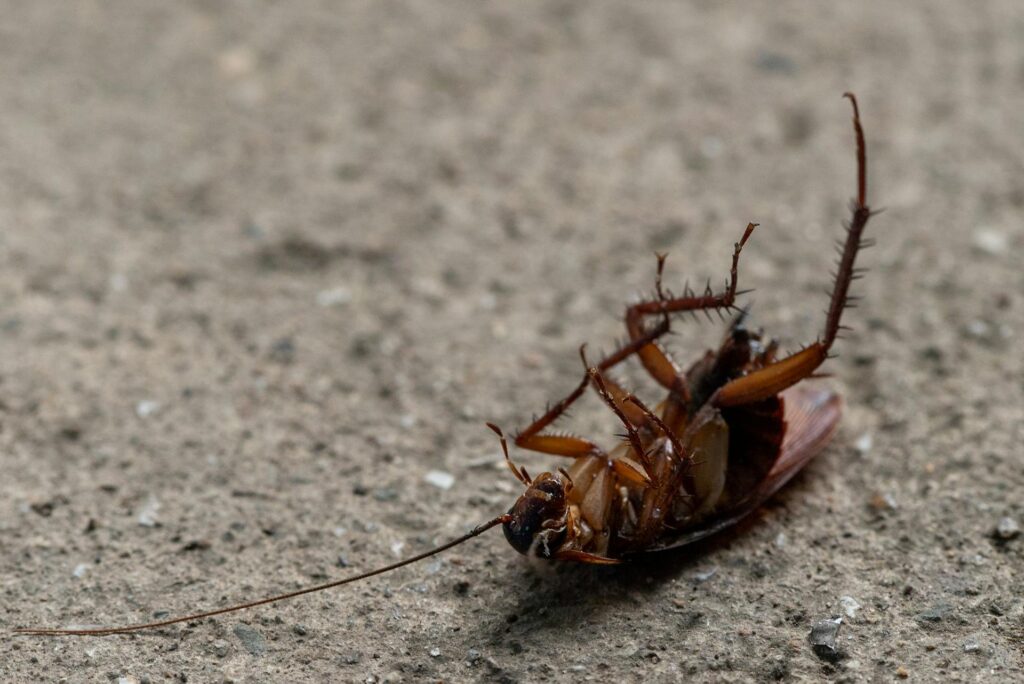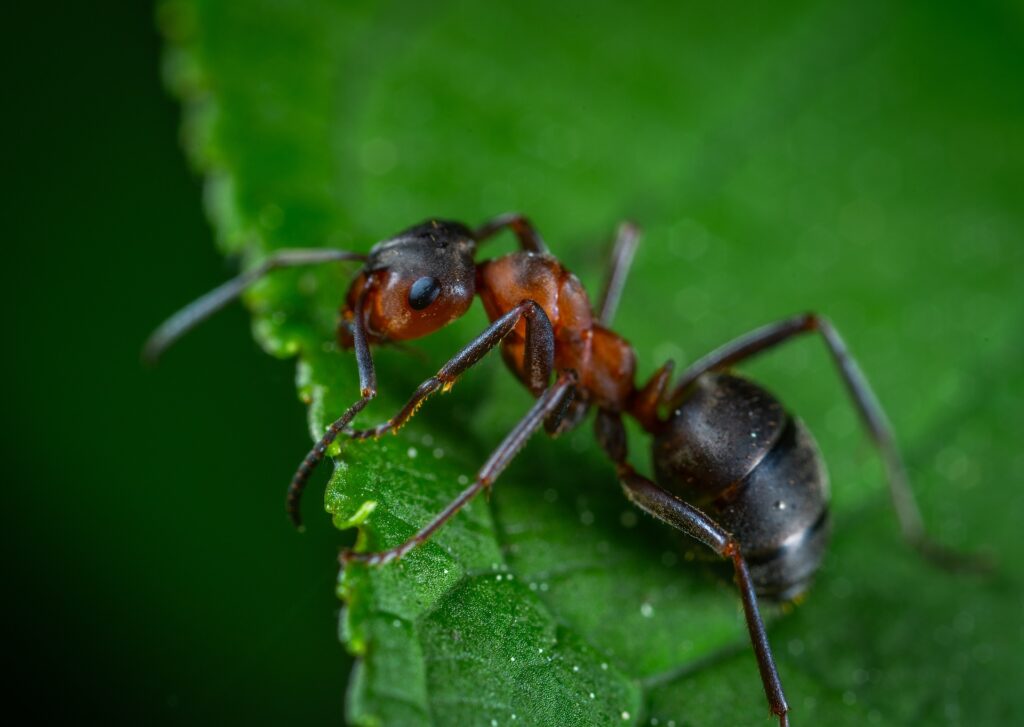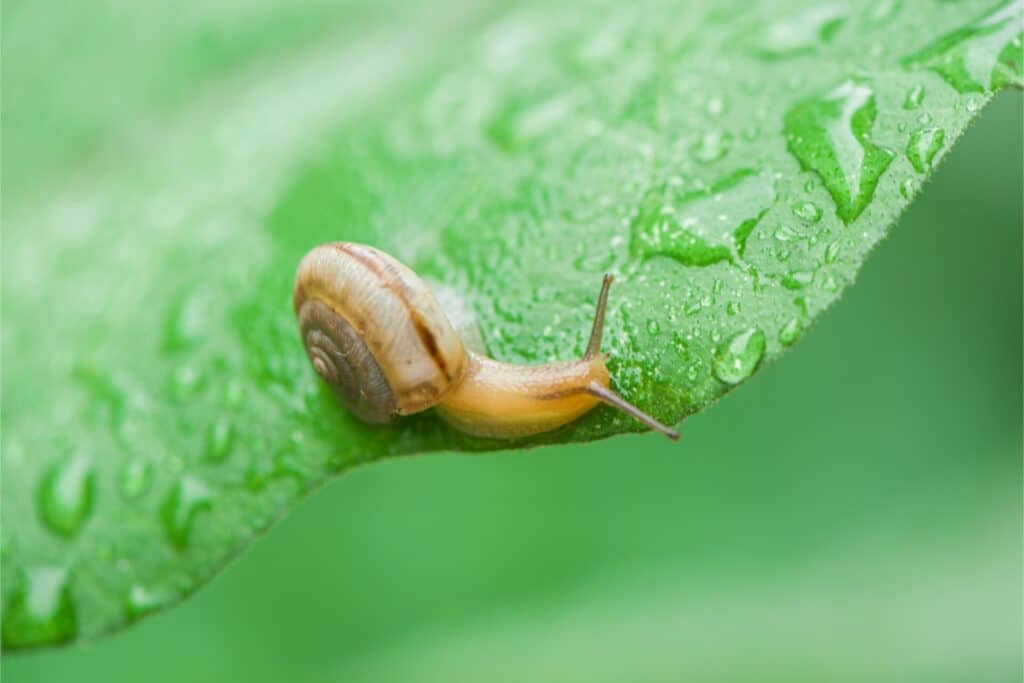Have you ever wondered if everything you hear about city rats and mice is true? There are many urban rodent myths that people believe without questioning. Let’s debunk these rodent misconceptions and shed light on real facts about urban rodent behavior and effective rodent pest control strategies.
Myth 1: Rodents Only Inhabit Dirty, Shabbily Kept Areas
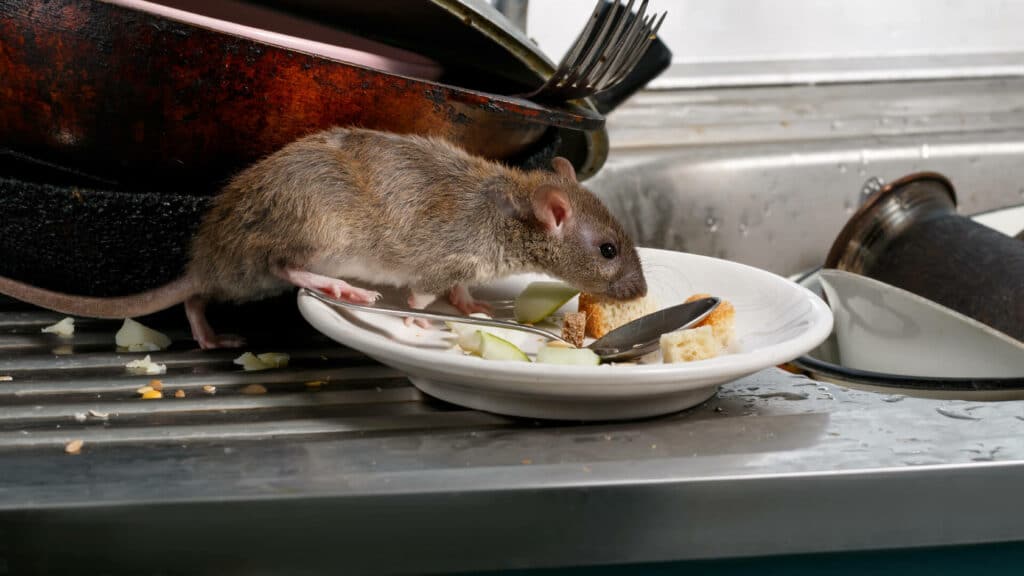
The Reality
One of the most pervasive urban rodent myths is that rats and mice only infest dirty areas. While it’s true that highly populated neighborhoods can provide more food and hiding spots, rodents are opportunists. They can thrive anywhere they find food, water, and shelter, including upscale urban settings.
What Attracts Rodents?
- Food sources: Accessible garbage, pet food, and even garden produce
- Water: Leaky pipes, birdbaths, and pet water bowls
- Shelter: Clutter, overgrown vegetation, and structural gaps
Myth 2: Cats and Dogs Are Effective Rodent Deterrents

The Reality
Many believe that having a cat or dog will keep rodents away. While pets might catch an occasional mouse, they are not a reliable method for rodent pest control. Rodents are often clever enough to avoid pets, especially when they’re not actively hunting.
Effective Rodent Control Measures
- Sealing entry points: Ensure all gaps and cracks are sealed.
- Proper sanitation: Keep food sealed and areas clean.
- Professional pest control: Invest in regular inspections and treatments.
Myth 3: Rodents Are Only Active at Night
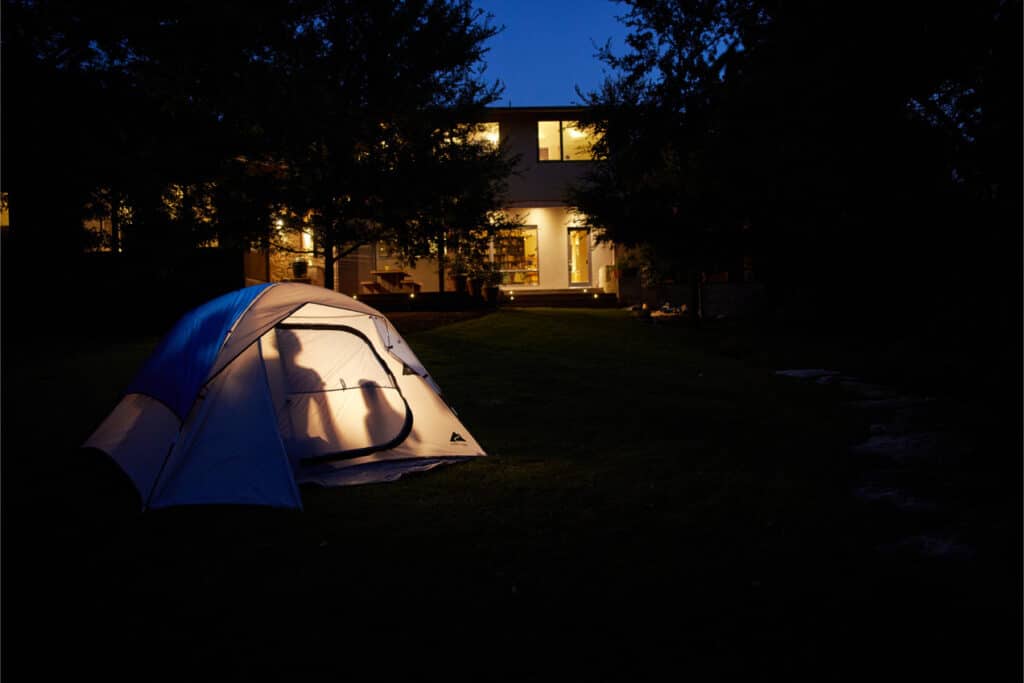
The Reality
Rodents are indeed nocturnal, but if the population is large or food is scarce, you may see them during the day. This misconception can lead to underestimating an infestation.
Signs of Rodent Activity
- Droppings: Found near food packages, in drawers or cupboards, and under sinks
- Gnaw marks: On food packaging, wooden structures, and even wiring
- Nests: Made from shredded paper, fabric, or dried plant matter
Myth 4: Cheese Is a Rodent’s Favorite Food

The Reality
The idea that rodents love cheese is one of the oldest rodent misconceptions. While they will eat cheese, they prefer foods high in sugar, fat, and grains. Peanut butter, fruits, and cereals are often more attractive to them.
Effective Bait for Rodent Traps
- Peanut butter: Its strong smell and sticky texture make it ideal.
- Nuts and seeds: The high-fat content is appealing to rodents.
- Fruits: Rodents like those high in sugar, like apples and bananas.
Myth 5: Seeing One Rodent Means Only One
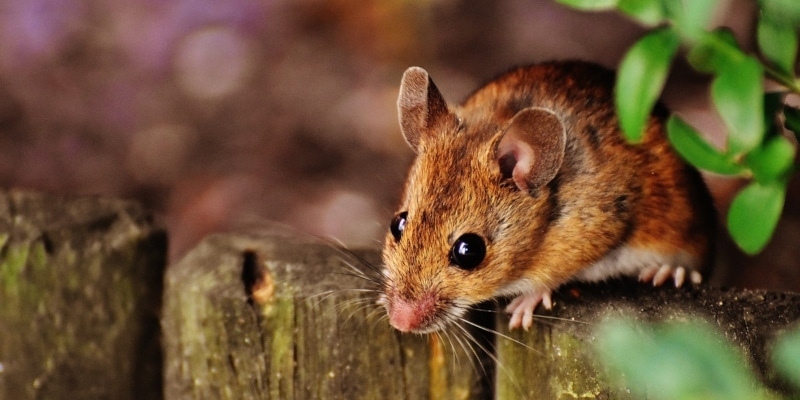
The Reality
Spotting a single rodent often indicates more are nearby. Rodents are social creatures, and where there’s one, there’s usually a family or colony.
Understanding Infestation Levels
- Frequent sightings: Multiple sightings suggest a larger problem.
- Dropping accumulation: High numbers of droppings indicate heavy activity.
- Gnaw marks and tracks: Telltale signs can mean extensive infestations.
Myth 6: DIY Solutions Are Just as Effective as Professional Services

The Reality
While DIY solutions can help in the short term, they often don’t address the root cause of infestations. Local pest control professionals are trained to identify and eliminate all aspects of rodent problems.
Benefits of Professional Rodent Control
- Comprehensive inspections: Identifying entry points and nesting sites
- Targeted treatments: Using the right methods and products
- Ongoing monitoring: Ensuring rodents don’t return
Know the Facts to Keep Rodents Under Control
Understanding the truth behind urban rodent myths is the first step in effective rodent pest control. Rodents can thrive in any environment that meets their basic needs, and while pets and DIY methods might help, professional pest control services offer the most reliable results. If you suspect a rodent problem or want to prevent one, take action today and contact Aptive, we’d like to help.

